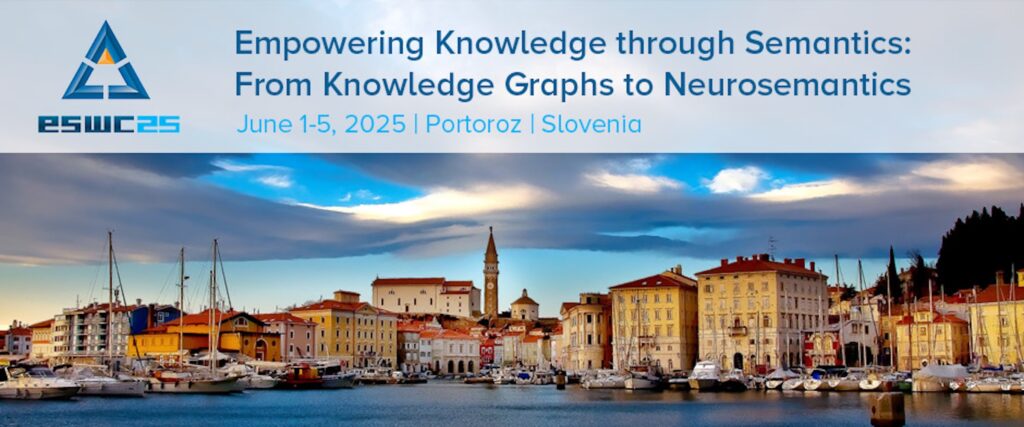
At the Extended Semantic Web Conference (ESWC 2025) held in Portoroz, Slovenia, Andrea Giovanni Nuzzolese – leader of Work Package 5 of the FOSSR project – presented two research papers, both supported by FOSSR.
The first paper introduces a Python-based software tool designed to automatically “read” natural language texts (like the way we write or speak every day) and turn them into a computer-readable format called a Knowledge Graph.
Think of a virtual assistant that reads Mozart’s biography and builds a digital map of concepts like “Mozart,” “composer,” “Austria,” “18th century,” and so on. This tool uses advanced AI and language technologies to create these maps automatically, at scale, and in a way that can be reused across different fields – from music and history to science.
The second paper explores how we can guide artificial intelligence to build ontologies – that is, logical structures that organize knowledge (like a smart vocabulary that explains concepts and their relationships).
The team tested two prompting strategies – Memoryless CQbyCQ and Ontogenia – and showed that with the right guidance, large language models (LLMs), like the ones powering ChatGPT, can produce high-quality ontologies, sometimes even better than those made by beginners.
Both contributions highlight the value of open and reusable software in science (Open Science Software), and how transparent and reproducible semantic technologies can help speed up and democratize scientific research.




